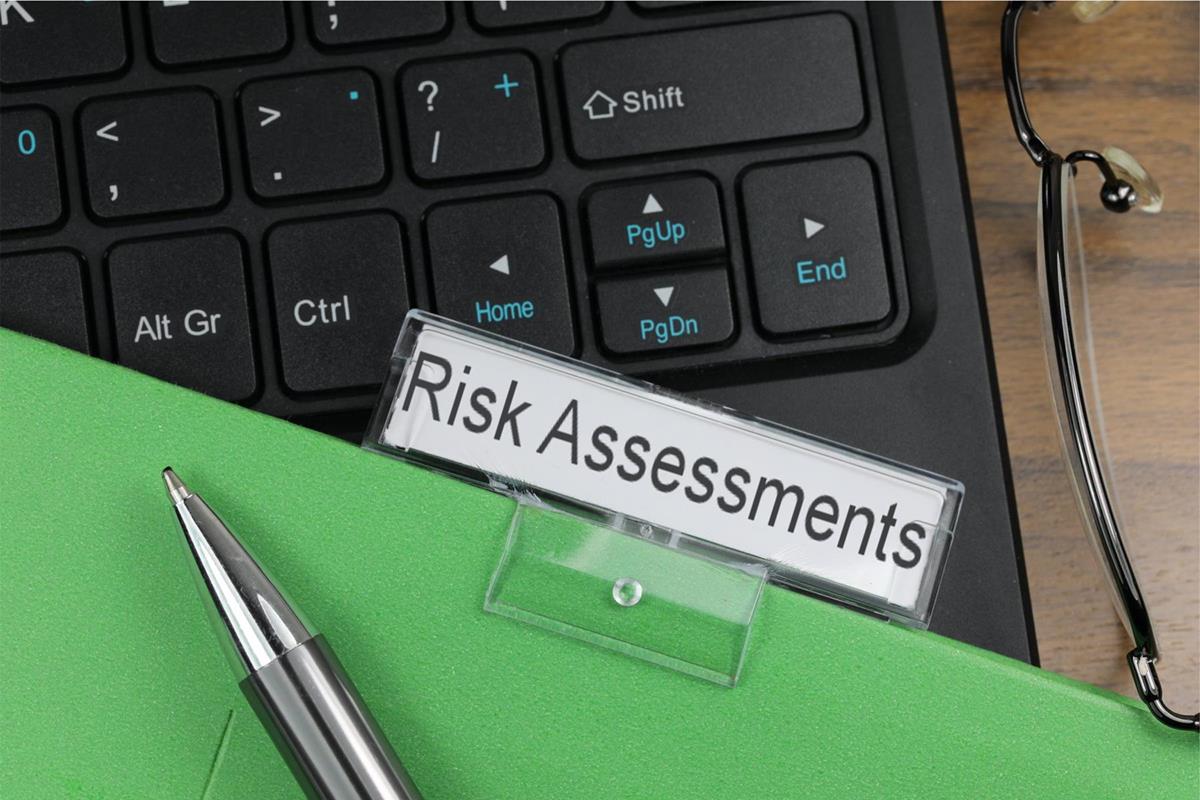
You get a easy process for the management of danger. It helps you find the potential danger with minimal effort. Information is recorded and audited. It demonstrates the organization’s ability to managing threat. It helps in neutralizing any attainable penalties. If you wish to do your personal risk assessment matrix, you can start by defining the scope of work. Depending on what you are attempting to improve, you should determine different areas of threat. Choose your objective and ensure it is evident as attainable. So as to start, you need to go for as many dangers as you possibly can. The thought behind that is to get different views. A brainstorming session could be of assist. The checklist that you simply get is going to be the foundation of the risk assessment matrix. Connected together with your scope, the record needs to belong and detailed. It might probably embrace anything from theft, to burns, and even pollution.

1. What's a risk assessment matrix? A risk assessment matrix is a device used to rank risks in line with their likelihood of taking place and their potential impression. Often, it is displayed as a desk with a variety of chance and severity scores that mirror varied risk levels. Organizations can use the matrix to establish and reduce potential hazards, which permits them to make sensible choices about how one can successfully manage risk. 2. How is a risk assessment matrix utilized in challenge administration? A risk assessment matrix is a vital tool in undertaking management as a result of it allows groups working on the projects to acknowledge potential hazards and rank them appropriately. Project managers can develop backup plans, spend resources correctly, and lessen the effect of potential hazards on project outcomes by assessing the likelihood and severity of risks. The matrix can also assist venture groups in alerting stakeholders to potential dangers and taking preventative measures to manage such risks.
The probability that a danger will damage the targets of the project is commonly used to determine how severe it is. This may increasingly contain monetary expenses, hurt to one’s repute, or environmental results. The severity stage is often decided using a scale from low to excessive and in response to a set of requirements. Depending on the exact setting of the undertaking or group, the factors may change. 6. How do you establish the probability of a risk in a risk assessment matrix? Assessing the potential for an event happening usually yields the risk’s likelihood. Analyzing earlier information, professional judgments, or statistical models could possibly be included on this. The chance stage is usually assessed utilizing a scale from low to high and is predicated on a number of completely different components. Depending on the precise setting of the mission or organization, the criteria may change. 7. What is the distinction between qualitative and quantitative risk assessment matrices? While quantitative risk assessment matrices employ statistical knowledge to calculate the potential of risks occurring and their possible affect, qualitative risk assessment matrices rely on their evaluations of chance and severity on subjective judgments.
Generally speaking, CONSTRUCTION RISK ASSESSMENT assessment matrices needs to be evaluated and updated frequently over the course of a undertaking to make sure they precisely capture its current state and any changes in danger. 10. What are the constraints of a risk assessment matrix? RISK ASSESSMENT AND MANAGEMENT assessment matrices have vital drawbacks despite their worth. First off, the standard of the information and the presumptions made in regards to the probability and seriousness of hazards affect how accurate risk assessment matrices are. Second, creating risk assessment matrices can take lots of time and resources, particularly for bigger initiatives. The identification and administration of acknowledged hazards may turn into overly reliant on risk assessment matrices, which can fail to recognize creating threats.